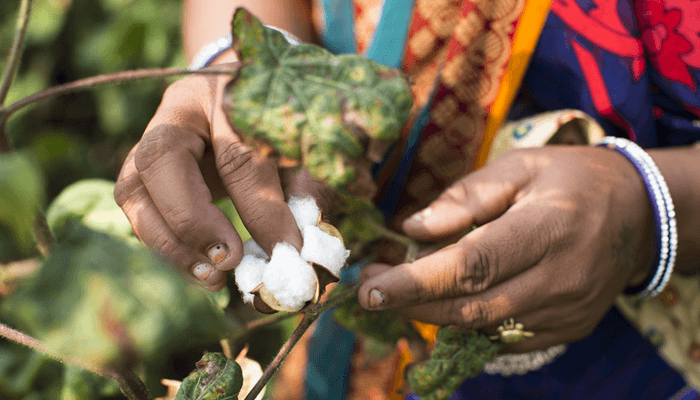Cotton is the world’s oldest commercial crop and is grown in more than 100 countries. How much do you know about this fibre and the people who produce it?
1. 100 million households work in cotton production
As many as 100 million households are directly engaged in cotton production in around 85 countries. Cotton farmers are at the end of a long and complex supply chain in which they are virtually invisible, with little power or influence. Rising costs of production, fluctuating market prices, decreasing yields and climate change are just some of the challenges they face.
2. Only 13% of the world’s cotton is produced sustainably
Cotton farmers rely heavily on herbicides to fight weeds and pesticides to control the several hundred types of insects that attack cotton. These pests destroy an estimated 15% of world cotton production. Lots of these pesticides are extremely toxic to people and the environment and many are banned in Western countries.
Indian cotton workers often work barefoot and without masks, leading to serious health problems. Intense chemical use also results in a deterioration in soil quality and contamination of groundwater, which is the main source of drinking water for most rural populations in developing countries.
The environmental and social footprint of Fairtrade cotton is five times lower than conventional cotton farming. Fairtrade Standards have led to significant environmental benefits, including a reduction of the use of harmful pesticides, better disposal of chemical containers, and the introduction and strengthening of sustainable farming methods.
Find out more about how Fairtrade protects the environment
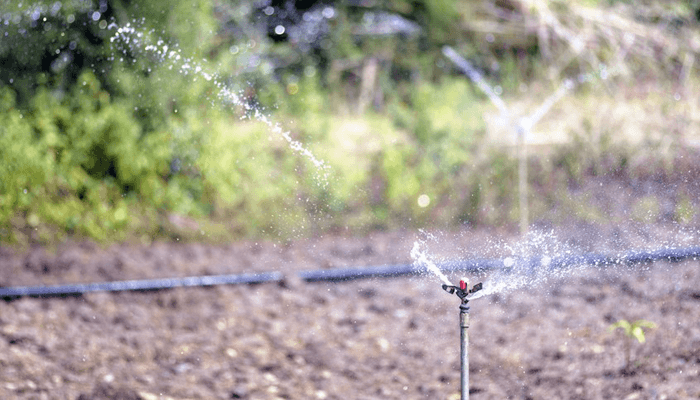
3. It takes 2,720 litres of water to make one cotton t-shirt
10,850 litres of water goes into making a pair of jeans. Cotton’s dependency on water makes cotton growth and yields very vulnerable to water shortages which occur as a result of higher temperatures and changes in the volumes and patterns of rainfall caused by climate change. Agricultural areas in China, Pakistan, India and Central Asia which depend on fresh water from the Himalayan glaciers are also at risk. The rapid retreat of glaciers caused by higher temperatures is significantly reducing the amount of fresh water released into rivers and streams and, consequently, available for agricultural use.
That’s a lot of water to throw away on fast fashion. We shouldn’t take lightly the work and resources that go into our clothes. Check out Fashion Revolution’s campaign to radically change the way we source, produce and consume clothes.
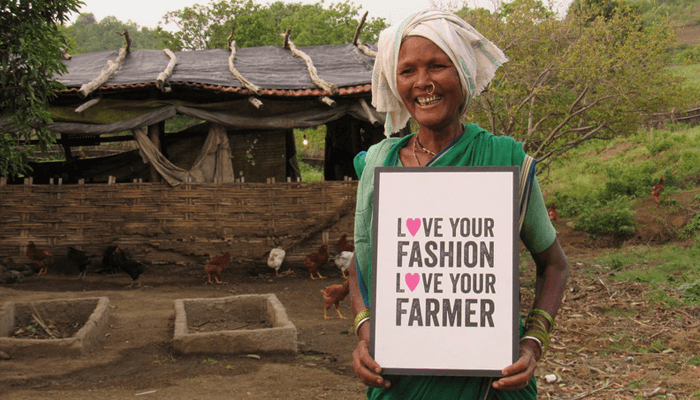
4. Cotton Gin – The new espresso martini?
Sounds enticing, but gin in this case refers to a machine that separates cotton fibers from their seeds. Ginning is one of the least known steps of the textile production line. In 2017-18, 4,000 ginning mills in India processed 37.7 million bales of cotton.
Cotton isn’t only used for textiles. Cottonseed is fed to cattle and crushed to make oil. Cottonseed oil is used for cooking and in products such as margarine, cosmetics and plastic.
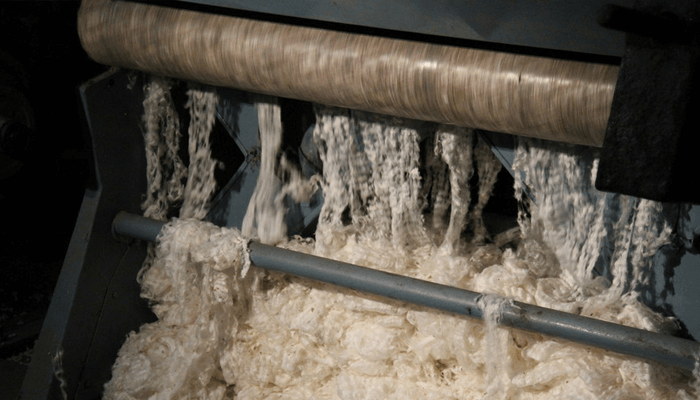
5. It’s the only fibre that becomes stronger when wet
Cotton fibres are very tough. They can tolerate very hot water and high temperatures. Cotton is also easy to sterilise, making it perfect for hospital clothing and firefighting.
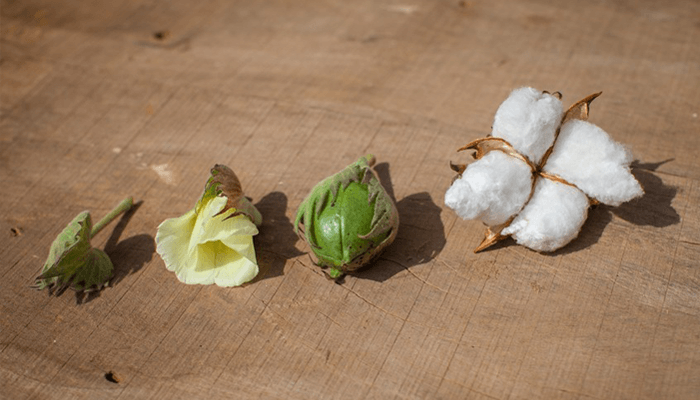
6. The cotton industry is troubled by child labour
The US Department of Labor, in 2016, reported child labour in the cotton production process in 18 countries, including China, India, Pakistan and Brazil.
Fairtrade prohibits the use of child labour. Since 2009, we’ve used a rights based approach to strengthen the protection of girls and boys at risk of being, or already involved in child labour. Every allegation or alert triggers a rigorous assessment involving input and advice from the relevant child rights organisations or experts. If confirmed, a report is sent to the appropriate government agency to follow up. If we have any doubts about their willingness or ability to act, we’ll involve a reputable specialist NGO.
Find out more about Fairtrade’s approach to putting an end to child labour
7. Most cotton is genetically modified
In 2012, genetically modified (GM) cotton accounted for 81 percent of global planting. The high cost of GM seeds, fertilisers and insecticides is putting terrible pressure on farmers who are earning very low wages. Farmers are planting more GM cotton in the hope of increasing yields and incomes. In reality they are tied into buying expensive seeds and pesticides each year from multinational companies amid concerns that yields actually decline after initial gains.
Currently 95% of India’s cotton seed supply is GM, which makes it very difficult for farmers to find non-GM cotton seeds. This limits their access to higher-level markets as both Fairtrade and organic certification prohibits the use of GM cotton seeds. In late 2016, Fairtrade Foundation raised funds through TRAID to develop a three-year seed breeding programme for non-GM cotton seeds.
8. Fairtrade is the first to require living wages
Fairtrade’s Textile Standards are the first standard to require living wages to be paid to garment workers within a set time period – six years – and brand owners will also be contractually responsible for fair and long-term purchasing practices – essential for implementing wage increases. Overall, the standard aims to empower factory workers and enable them to tackle challenging working conditions.
Find out more about Fairtrade Textile Standards
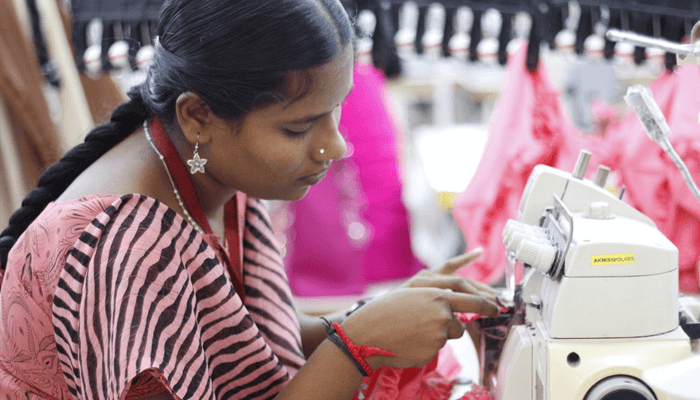
9. It takes 3 years to convert farms to organic
It takes three years to clear the soil of its chemicals and pesticides. 65 percent of Fairtrade cotton farmers also hold organic certification.
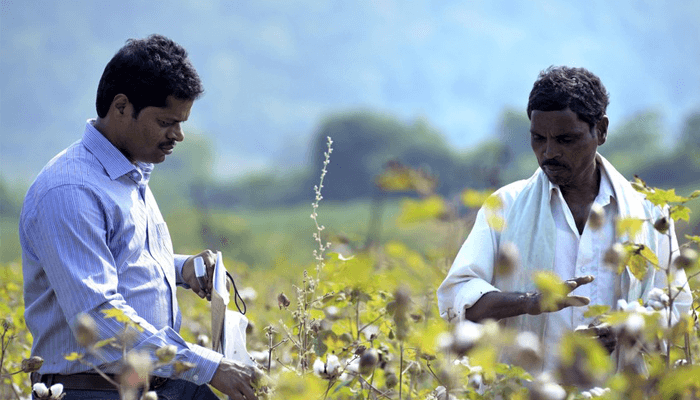
10. Fairtrade Cotton farmers received over €823.5k of Fairtrade Premium in 2016
The Fairtrade Premium is what sets Fairtrade apart from other certification schemes. On top of the price farmers and workers receive for their produce or labour, they receive an extra sum of money to invest in improving the quality of their lives. In 2016, Fairtrade cotton farmers invested 35% of their Premium in supporting education in their communities.
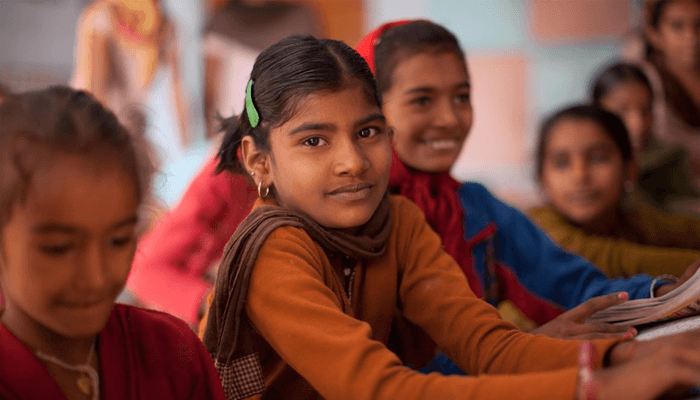
Find out more about Fairtrade cotton farmers.
